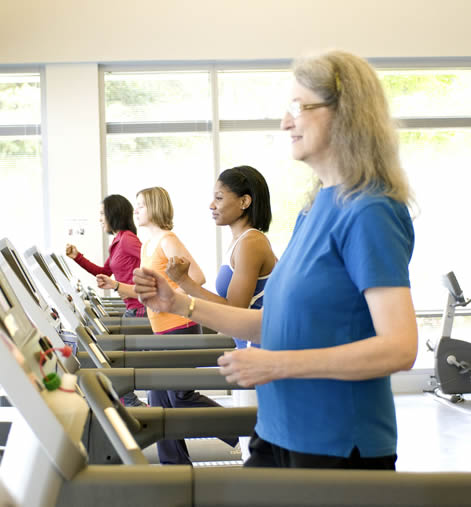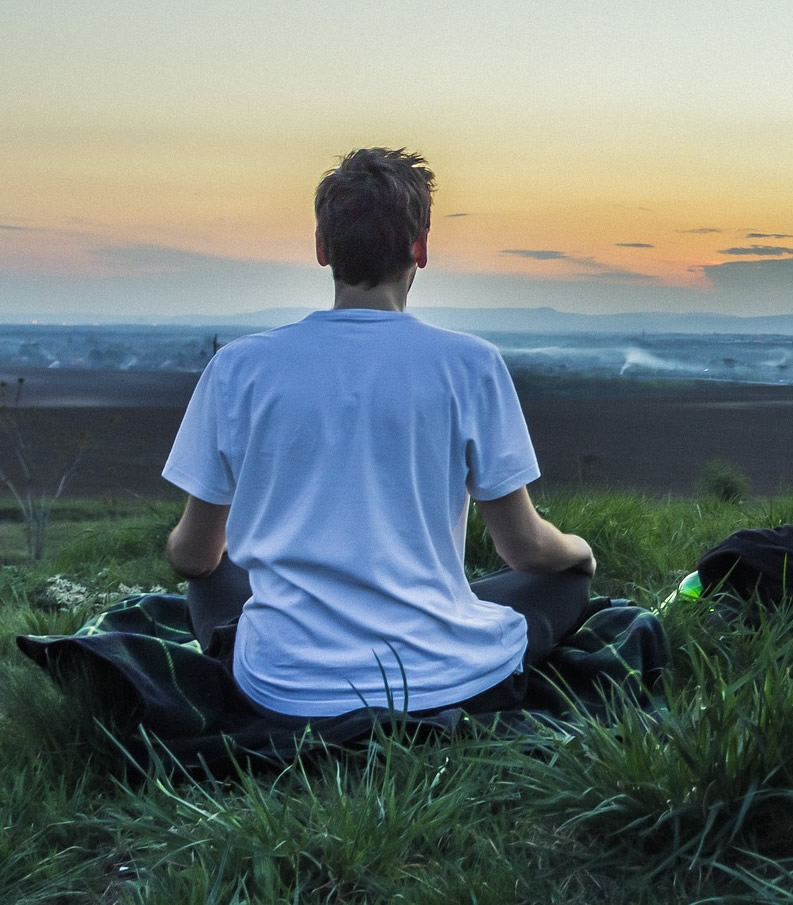Reducing Stress during the Workday with Mindfulness
By: Autumn Gallegos, PhD.
You will love again the stranger who was yourself.
-- Derek Walcott, Love After Love
Have you ever been driving and realized you had stopped paying attention? It is not uncommon for us to go on autopilot throughout our day. Our attention frequently wanders to the past or future, while paying attention to the present may feel strange, uncomfortable, or even impossible. Daily stress may contribute to this disconnection from the present, leaving us feeling overwhelmed, distant, easily distracted, irritable, or like we’re “sleep-walking” through life. Over time, we become a stranger to the present, ourselves and others. Mindfulness is an invitation to practice waking up – to be alert, alive, awake, attentive, or aware. You might call it the AAAAA recovery program! It is likely that we go on automatic pilot at work in the same way that we do at other times in our lives. A simple way to incorporate mindfulness – or waking up - throughout the day is to STOP:
S - Stop
T – Take a breath
O – Observe (thoughts, feelings, and emotions)
P - Proceed
The following are 10 WAYS TO REDUCE STRESS DURING THE WORKDAY:
- Take 5-30 minutes in the morning to be quiet and meditate – sit or lie down and be with yourself ... gaze out the window, listen to the sounds of nature or take a slow quiet walk.
- While your car is warming up — try taking a minute to quietly pay attention to your breathing.
- While driving, become aware of body tension, e.g. hands wrapped tightly around the steering wheel, shoulders raised, stomach tight, etc. consciously working at releasing, dissolving that tension ... Does being tense help you to drive better? What does it feel like to relax and drive?
- Pay attention to your breathing and to the sky... trees, or quality of your mind when stopped at a red light or toll plaza.
- Take a moment to orient yourself to your workday once you park your car at the work place. Use the walk across the parking lot to step into your life. To know where you are and where you are going.
- Decide to “STOP” for 1-3 minutes every hour during the workday. Become aware of your breathing and bodily sensations, allowing the mind to settle in as a time to regroup and recoup.
- Choose to eat one or two lunches per week in silence. Use this as a time to eat slowly and be with yourself.
- Pay attention to the short walk to your car - breathing the crisp or warm air. Feel the cold or warmth of your body. What might happen if you opened to and accepted these environmental conditions and bodily sensations rather than resisting them? Listen to the sounds outside your work place. Can you walk without feeling rushed? What happens when you slow down?
- While driving, notice if you are rushing. What does this feel like? What could you do about it? Remember, you've got more control than you might imagine.
- When you pull into the driveway or park on the street, take a minute to orient yourself to being with your family members or to entering your home.
(Adapted from Jon Kabat-Zinn, Full Catastrophe Living: Using the wisdom of your body and mind to face stress, pain, and illness)
When you discover that your true home is not the past or future, but in the here and now, you find that you can welcome whatever comes along because you are no longer a stranger to the present or to yourself. This is your “one wild and precious life,” so why not really live it?
Check out Behavioral Health Partner’s 3-part Mindfulness Series recorded by Dr. Gallegos and practice mindfulness on your own time.
Behavioral Health Partners is brought to you by Well-U, providing eligible individuals with mental health services for stress, anxiety, and depression.
12/4/2017




